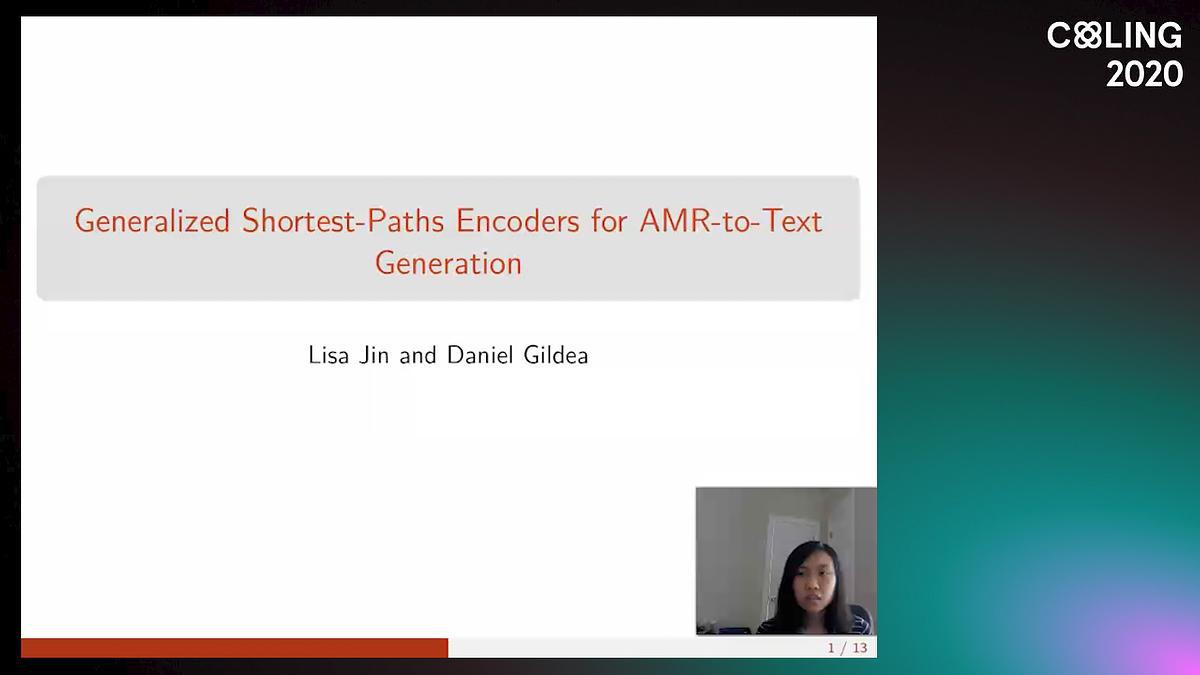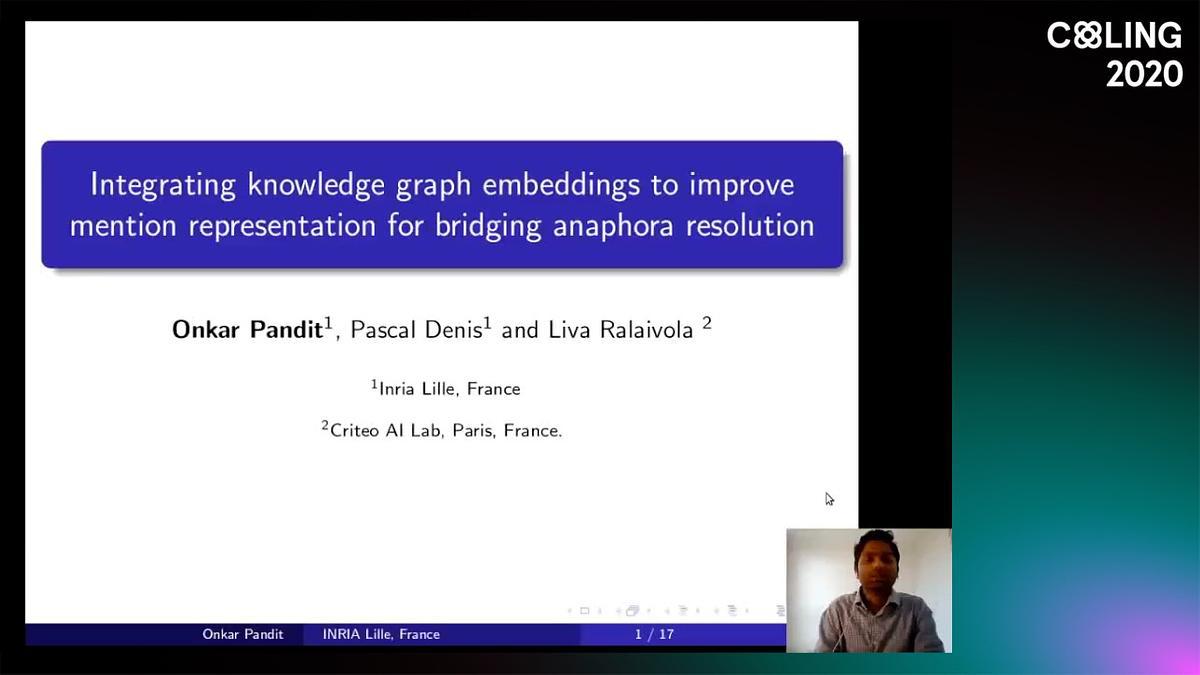Abstract:
Cross-modality semantic matching is a vital task in computer vision and has attracted increasing attention in recent years. Existing methods mainly explore object-based alignment between image objects and text words. In this work, we address this task from two previously-ignored aspects: high-order semantic information (e.g., object-predicate-subject triplet, object-attribute pair) and visual distraction (i.e., despite the high relevance to textual query, images may also contain many prominent distracting objects or visual relations). Specically, we build scene graphs for both visual and textual modalities. Our technical contributions are two-folds: rstly, we formulate the visual-semantic matching task as an attention-driven cross-modality scene graph matching problem. Graph convolutional networks (GCNs) are used to extract high-order information from two scene graphs. A novel cross-graph attention mechanism is proposed to contextually reweigh graph elements and calculate the inter-graph similarity. Secondly, some top-ranked samples are indeed false matching due to the co-occurrence of both highly-relevant and distracting information. We devise an information-theoretic measure for estimating semantic distraction and re-ranking the initial retrieval results. Comprehensive experiments and ablation studies on two large public datasets (MS-COCO and Flickr30K) demonstrate the superiority of the proposed method and the effectiveness of both high-order attention and distraction.









































